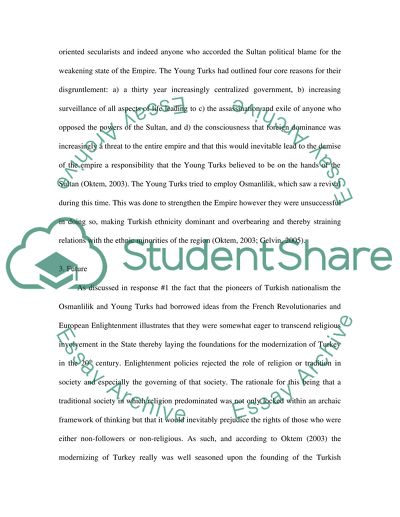Cite this document
(The Idea of Osmanlilik Assignment Example | Topics and Well Written Essays - 4250 words, n.d.)
The Idea of Osmanlilik Assignment Example | Topics and Well Written Essays - 4250 words. Retrieved from https://studentshare.org/history/1527518-his-342-question-set-2
The Idea of Osmanlilik Assignment Example | Topics and Well Written Essays - 4250 words. Retrieved from https://studentshare.org/history/1527518-his-342-question-set-2
(The Idea of Osmanlilik Assignment Example | Topics and Well Written Essays - 4250 Words)
The Idea of Osmanlilik Assignment Example | Topics and Well Written Essays - 4250 Words. https://studentshare.org/history/1527518-his-342-question-set-2.
The Idea of Osmanlilik Assignment Example | Topics and Well Written Essays - 4250 Words. https://studentshare.org/history/1527518-his-342-question-set-2.
“The Idea of Osmanlilik Assignment Example | Topics and Well Written Essays - 4250 Words”, n.d. https://studentshare.org/history/1527518-his-342-question-set-2.


